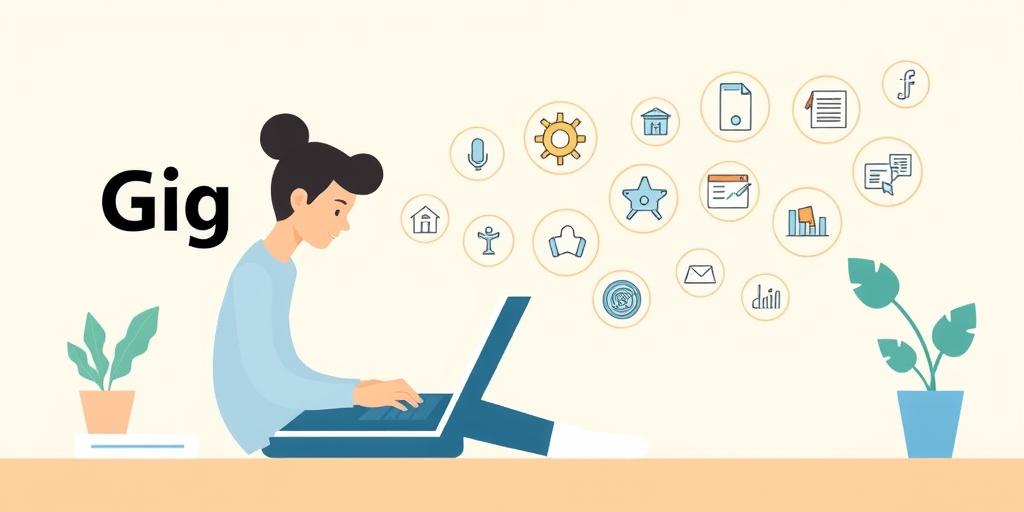The Rise of the Gig Economy: Freelancing in the 2010s and Beyond
The gig economy has transformed the way people work, offering flexibility and new opportunities. This article explores the rise of freelancing, its impact, and what to expect in the future.
What is the Gig Economy?
The gig economy is a labor market characterized by short-term contracts or freelance work, as opposed to permanent jobs. It includes various types of work, from driving for ride-sharing services to providing professional consulting. The term "gig" refers to a single project or task for which a worker is hired, often through digital platforms.
The 2010s: A Decade of Transformation
The 2010s marked a significant period of growth for the gig economy. Several factors contributed to this:
- Technological Advancements: The proliferation of smartphones and internet access made it easier for workers to find gigs and for companies to manage a distributed workforce.
- Economic Factors: The financial crisis of 2008 led many individuals to seek alternative forms of employment, and companies looked for ways to reduce costs by hiring freelancers.
- Changing Attitudes: A shift in work preferences, with more people valuing flexibility and autonomy, fueled the growth of freelancing.
Key Drivers of the Gig Economy
Several elements contribute to the gig economy's expansion:
- Flexibility: Freelancing offers unmatched flexibility, allowing workers to set their schedules and work from anywhere.
- Income Opportunities: The gig economy presents additional income opportunities for those seeking to supplement their primary job or pursue entrepreneurial ventures.
- Skills and Expertise: Freelancers can leverage their expertise across multiple projects and industries, gaining diverse experience.
Challenges and Considerations
Despite its benefits, the gig economy poses several challenges:
- Job Security: Freelancers often lack the job security and benefits associated with traditional employment.
- Income Volatility: Income can fluctuate, making financial planning difficult.
- Lack of Benefits: Many freelancers do not receive health insurance, retirement plans, or paid time off from their clients.
The Future of Freelancing
The gig economy is expected to continue growing, driven by ongoing technological advancements and evolving work preferences. Some trends to watch include:
- Increased Regulation: Governments are exploring ways to regulate the gig economy to protect workers' rights and ensure fair labor practices.
- Platform Evolution: Gig platforms are evolving to offer more services and support for freelancers, such as insurance and training.
- Integration with Traditional Employment: Companies are increasingly integrating freelancers into their workforce strategies, recognizing the value of flexible talent.
Conclusion
The gig economy has reshaped the world of work, providing both opportunities and challenges. As it continues to evolve, understanding its dynamics is essential for workers, companies, and policymakers alike. The rise of freelancing in the 2010s was just the beginning, and the future promises even more transformation.








